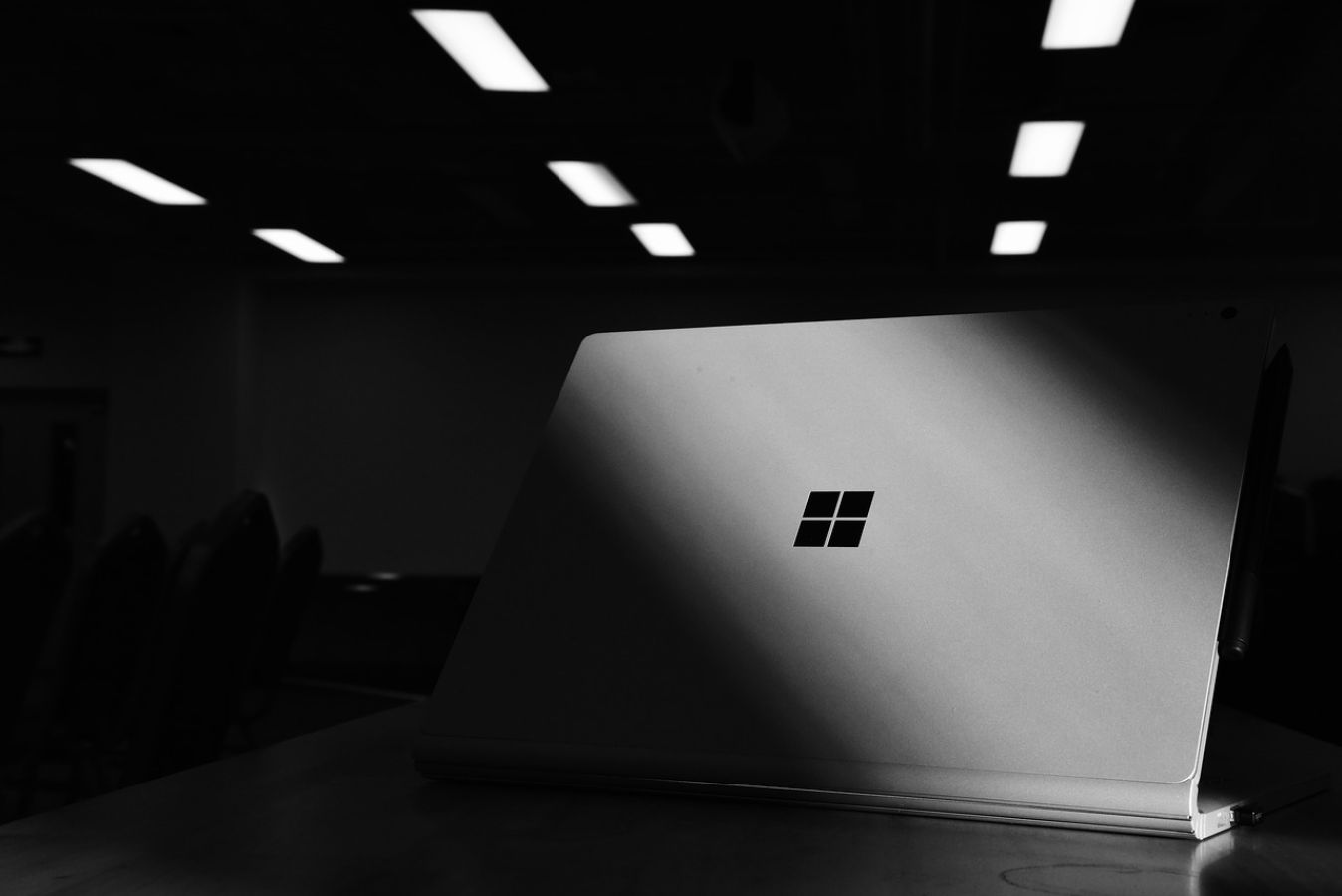Many thanks for your message to CHG-MERIDIAN.<br/>We will get back to you as soon as possible!
After 14th January 2020, Microsoft will no longer provide support or security updates for desktops running the much loved Windows 7 OS presenting a lot of organisations with a big issue. Although Windows 10 was released in late 2015 it has only very recently (in the last month or so) overtook Windows 7 regarding usage to become the most popular OS with 37% still using Windows 7.
Microsoft themselves are eager for businesses to upgrade their IT estate and are urging organisations to think about how “you can deliver the modern, empowering workplace for your business in a cloud-connected world.” Of course, Microsoft is keen for people to move onto Windows 10 so they can build momentum and push Microsoft Office 365 and their Windows as a Service product, which they view as being key solutions for them in the modern workplace.
Besides Microsoft wanting to promote their own products there are some very viable reasons for why businesses should start to think about updating their OS if they are still running Windows 7. Although Microsoft has said that they will continue to offer paid-for support for businesses at an escalating cost each year for up to 3 years, this is however only a stop-gap solution and not a permanent fix. One of the main reasons to consider an upgrade is the extra security Windows 10 can provide. Especially once we factor in that when support has ended for Windows 7 there is a looming possibility that criminals will be waiting to exploit any potential loopholes they can. Once Microsoft’s support has ended they will no longer be working behind the scenes on updates, patch fixes and fixing bugs meaning once the OS stops receiving these patches your computer’s security and data will be at a much-heightened risk.
Security is however not the only reason to consider an upgrade. The world is changing rapidly and especially the workplace with the advancement of technology. It’s now 10 years since Windows 7 was first introduced and businesses that insist on using the OS are at risk of falling behind. The IT environment nowadays relies more on cloud-based technology as users seek a solution that enables them to work anytime, anywhere and on any device. The indirect benefits that the latest technology can bring to an organisation cannot be ignored as well. In our personal lives as end users, we place an unprecedented demand on speed, functionality, ease of use and convenience. It’s no different when we are in the workplace. We expect to turn up for work and have the right tools for the right job readily available. Organisations who fall behind on the technology spectrum are putting themselves at risk of not being able to attract the best talent, not being able to keep employees satisfied and feeling empowered and falling productivity.
If we know upgrading is a positive change why hasn’t everyone done so yet?
We know that large enterprises typically struggle to implement new solutions and are not the quickest to embrace change. Since the turn of the millennium, research shows that "52% of companies in the Fortune 500 have either gone bankrupt, been acquired, or ceased to exist as a result of the digital disruption". What happens is large organisations often get comfortable and lose that passion to strive for innovation. They often lack a digital technology plan resulting in key decisions having to involve multiple people and go up the chain causing lengthy delays. We often see IT departments don’t have the processes or resources in place to adequately respond and manage a large rollout alongside their general day-to-day tasks. Therefore without a plan in place or a key milestone that forces IT departments to refresh their estate it inevitably gets overlooked.
Contact us
The best way to ensure a smooth transition when upgrading an IT project is to ensure you have plenty of time in hand and a plan in place. Here at CHG-MERIDIAN, we help to provide you with that plan. We support our customers at every stage of the technology lifecycle, right through from the consulting and procurement of your assets, to the data erasure and remarketing of those devices. Our finance models can equip your organisation with a regular refresh program every 2, 3 or 5 years depending on the asset type, ensuring you IT estate is always at the forefront of technology. Our solutions are tailored to each individual customers needs and it is because of the support we provide that our customers continue to choose us to help them realise their IT lifecycle goals.
Simon Young
Vice President Sales UK/Ireland
- CHG-MERIDIAN UK Limited
- 65 High Street Egham, Surrey
- TW20 9EY
- +44 1784 470701
- +44 7546 524690
- simon.young@chg-meridian.com


